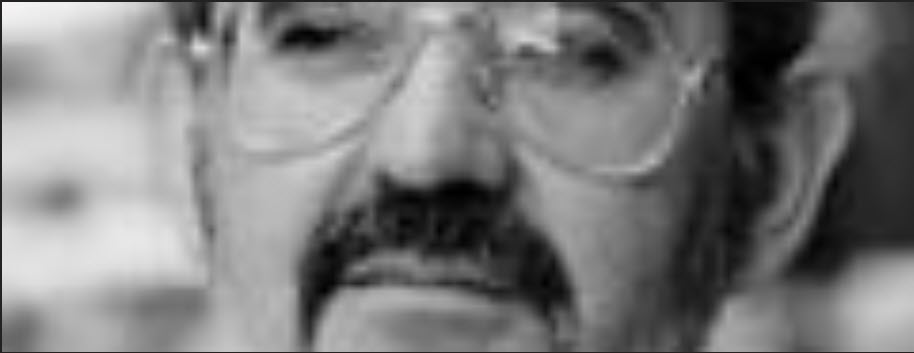Until recently, if you wanted to own and import an exotic car that was never certified for sale in the US like a Jaguar XJ 220, a McLaren F1, a Porsche 959, a Mercedes CLK-GT or a Bugatti EB 110, you were out of luck.
Thanks to the substantial, well-funded lobbying by a few car-loving individuals, a new bill has recently passed, known unofficially as “The Bill Gates Bill.” This new law, which went into effect August 13, 1999, now allows the importation, with minimal restrictions, of supercars into the United States.
The rules are simple. The non-certified car is declared exempt from NHTSA safety (crash-related) standards if: it’s imported by a collector or an enthusiast and not by a dealer or a broker; it’s used only for show or display; and it’s driven only 2.5K miles or less per year on public roads to shows for display or for service. The non-certified car must also be updated and tested to meet allocable model year EPA (smog) standards, which can be expensive but not impossible to do with today’s modern fuel-injected cars. Last but not least, the car being imported must be of historical or technical interest, meaning no mass-production cars.
The grandfather clause in this new law states that if you imported a qualifying car on or after June 8, 1998 you must apply to the NHTSA by February 14, 2000 to qualify for an exemption.
Additionally, the car must be a model not already imported by the manufacturer. You can bring in a Jaguar XJ 220, but you cannot import a Ferrari 355 or 360, as these models are already certified for the US market. Since Ferrari certifies all of their current models for the US market, the door will only be open for a very few Ferrari “one-offs” and show cars. Most of the imports that will come in under the new rules will be other marques.
Needless to say, this new bill will not open a floodgate of exotic cars, as only 100 McLaren F1s, 250 Jaguar XJ 220s, 208 Porsche 959s and approximately 150 Bugatti EB 110s were ever manufactured. Only a small percentage of these cars are available on the market at any given moment in time and fewer still are likely to be purchased and brought into the US. Consequently, don’t expect to see an XJ 220 advertised in “TraderOnline” anytime soon.
These supercars are not for the weak of wallet. Importing an XJ 220, paying the import duty to US Customs, and going through the necessary EPA testing will result in an end cost of about $300K. A McLaren F1 will leave little change from a $1M bill and a ten-year-old Porsche 959 will set you back the price of two brand new year 2000 model 996 Turbos and a Boxster S thrown in for grins, or about $275K.
However, despite the high price, there is clearly a pent-up demand for exotic cars in the US. Within sixty days of the change in importation rules, the prices of XJ 220s, Bugatti EB110s and the few other cars eligible under the new rules jumped by about 20%.
After decades of the US government making it nearly impossible for enthusiasts to enjoy limited production cars, this change in favor of supercars is unexpected and welcome. As a way of thanking Mr. Gates, maybe I’ll just go out and pay for an update to Windows ’98 version 2.


